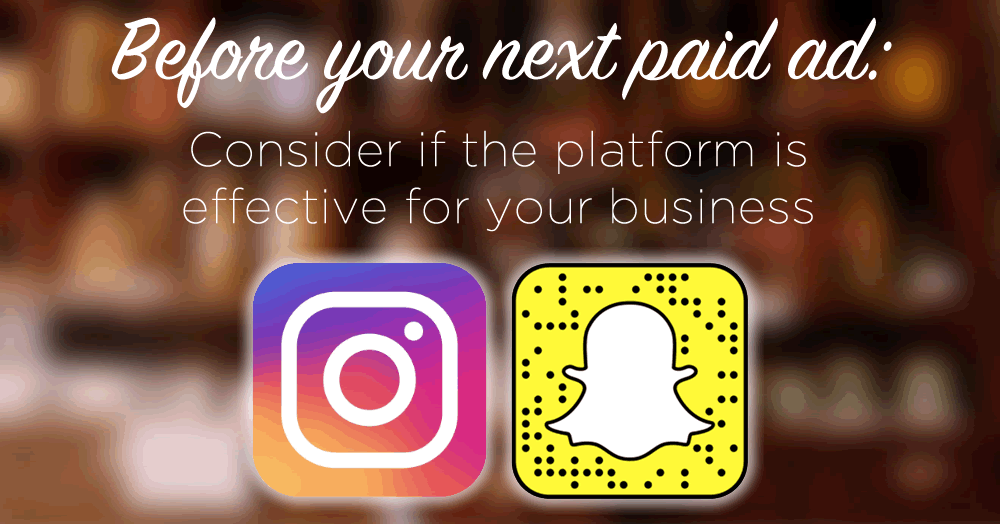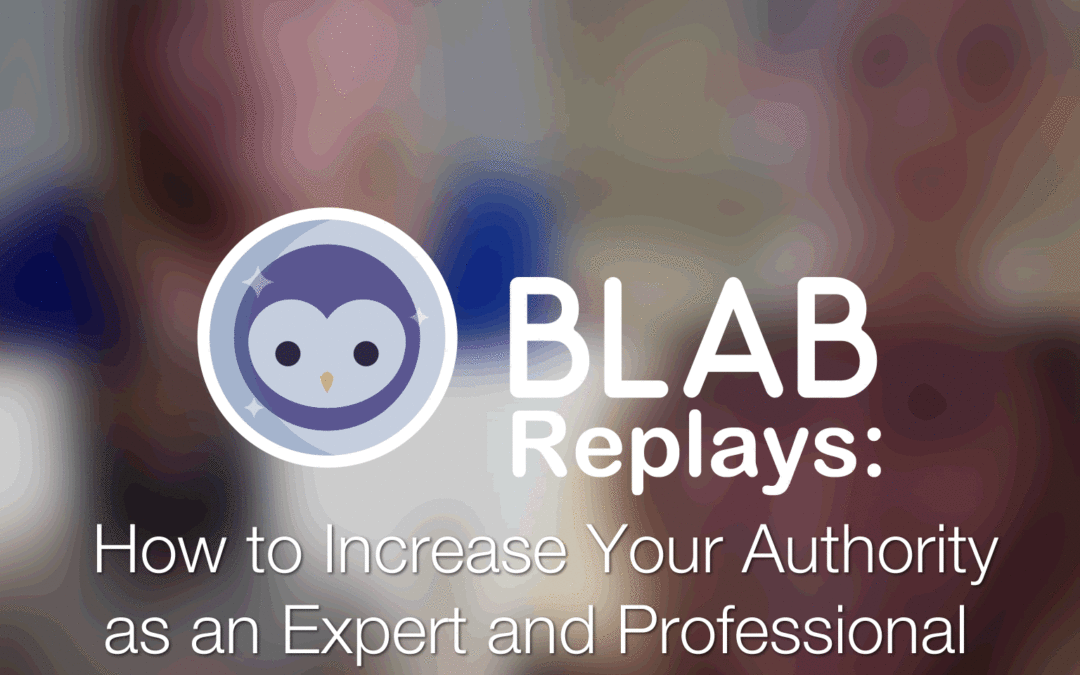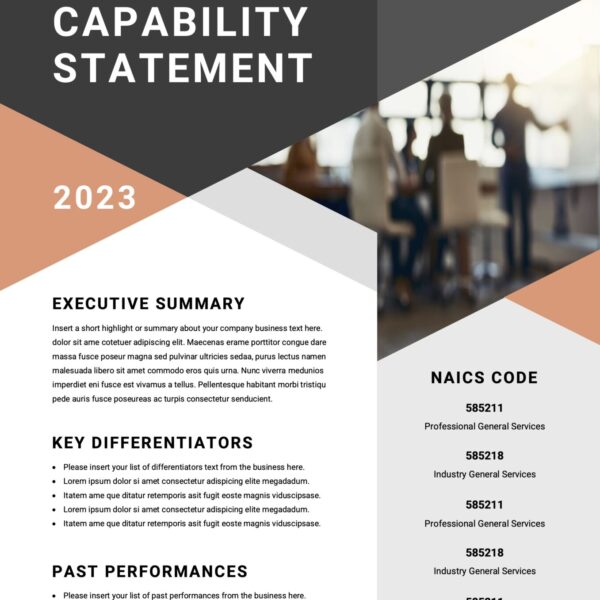
3 Question Interview, Blog, Marketing
I met Vel at a networking event years ago here in Orlando. We instantly befriended and shared similar business and entrepreneurial stories to almost no end. Her history in working within Florida State government in the capital and working closely with elected...

All Posts, Marketing, Social Media
Contrary to what most think, email is actually still very much relevant and effective. I say that because I received an email from Nick at Delmondo (they’re a video analytics company) and one of the articles was about Generation Z and Millennials and their...

All Posts, Blog, Content & Copywriting, Marketing
We often get questions from our clients and people to our website or social media about ways to generate traffic on a website that don’t cost as much as doing full blown SEO Marketing. If you don’t know already, the median cost for adequate SEO (search...
All Posts, Blog, Marketing, SEO
When it comes to SEO, there is always questions about how to use it, how much it should cost, is it worth understanding, and more. I asked a friend and colleague of mine who is the owner of an online marketing firm called PalmettoSoft to come in and talk about these...

All Posts, Blog, Branding, Marketing
This post is part of our Reluctant Social Media Manager series, support for those of us who want measurable social media results with the least amount of effort. We all know engagement on Facebook is almost a requirement for any online businesses. There are...

All Posts, Blab Video Replays, Marketing, Social Media
This week we’re back with another new Blab! This was such a good talk that I don’t even want to spend a lot of time explaining it, I really want you to just watch. In short we talk about how being a professional we don’t take out enough time to go...








